-
 Bitcoin
Bitcoin $119000
-2.21% -
 Ethereum
Ethereum $4315
1.01% -
 XRP
XRP $3.151
-3.11% -
 Tether USDt
Tether USDt $0.0000
0.00% -
 BNB
BNB $808.5
-0.71% -
 Solana
Solana $175.8
-4.21% -
 USDC
USDC $0.9999
0.00% -
 Dogecoin
Dogecoin $0.2250
-3.92% -
 TRON
TRON $0.3469
1.77% -
 Cardano
Cardano $0.7818
-3.81% -
 Chainlink
Chainlink $21.47
-2.10% -
 Hyperliquid
Hyperliquid $43.30
-6.81% -
 Stellar
Stellar $0.4370
-2.84% -
 Sui
Sui $3.682
-4.40% -
 Bitcoin Cash
Bitcoin Cash $590.8
2.67% -
 Hedera
Hedera $0.2484
-5.20% -
 Ethena USDe
Ethena USDe $1.001
0.00% -
 Avalanche
Avalanche $23.10
-4.29% -
 Litecoin
Litecoin $119.2
-3.96% -
 Toncoin
Toncoin $3.409
0.90% -
 UNUS SED LEO
UNUS SED LEO $9.016
-1.29% -
 Shiba Inu
Shiba Inu $0.00001304
-3.82% -
 Uniswap
Uniswap $11.18
1.33% -
 Polkadot
Polkadot $3.913
-3.51% -
 Cronos
Cronos $0.1672
-3.08% -
 Dai
Dai $1.000
0.02% -
 Ethena
Ethena $0.7899
-4.70% -
 Bitget Token
Bitget Token $4.400
-1.23% -
 Pepe
Pepe $0.00001132
-5.93% -
 Monero
Monero $257.9
-6.44%
How is USDT perpetual contract settled?
USDT perpetual contracts are settled in USDT, with the settlement price being determined by the Mark Price of the underlying asset, ensuring stability and predictability during the settlement process.
Dec 14, 2024 at 03:43 am
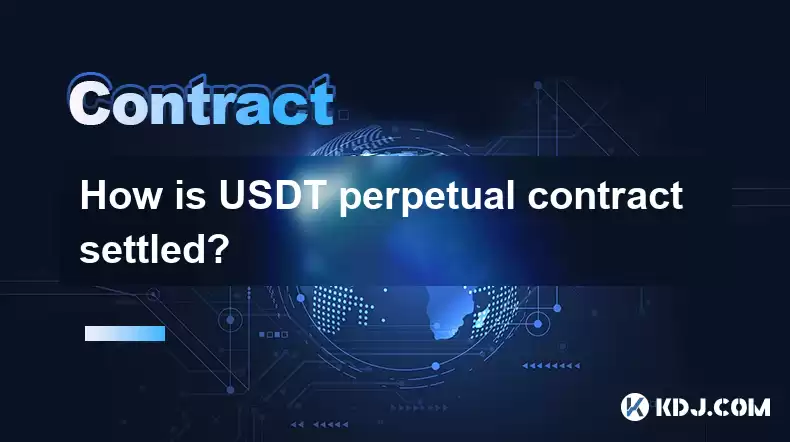
How is USDT Perpetual Contract Settled?
Perpetual contracts, also known as perpetual futures, are a type of financial instrument that allows traders to speculate on the future price of an asset without having to take ownership of the underlying asset. USDT perpetual contracts are perpetual contracts that are denominated in USDT, a stablecoin that is pegged to the US dollar. This means that the value of a USDT perpetual contract is always equal to the value of the underlying asset, which makes it a much more stable and predictable instrument than traditional perpetual contracts.
HOW ARE USDT PERPETUAL CONTRACTS SETTLED?
USDT perpetual contracts are settled in USDT. This means that when a trader closes a USDT perpetual contract, they will receive or pay USDT, depending on whether they were long or short on the contract. The settlement price is determined by the Mark Price of the contract, which is a fair market value of the underlying asset that is calculated using a variety of factors, including the spot price of the asset, the funding rate, and the price of other perpetual contracts.
THE SETTLEMENT PROCESS
The settlement process for USDT perpetual contracts is as follows:
- The trader closes their USDT perpetual contract.
- The settlement price is determined by the Mark Price of the contract.
- If the trader was long on the contract, they will receive USDT in an amount equal to the difference between the settlement price and the price at which they opened the contract.
- If the trader was short on the contract, they will pay USDT in an amount equal to the difference between the settlement price and the price at which they opened the contract.
EXAMPLE
For example, let's say that a trader opens a long USDT perpetual contract on BTC/USDT at a price of $10,000. The trader closes the contract when the Mark Price of BTC/USDT is $10,500. The trader will receive USDT in an amount equal to the difference between the settlement price and the price at which they opened the contract, which is $500.
ADVANTAGES OF USDT PERPETUAL CONTRACTS
USDT perpetual contracts offer a number of advantages over traditional perpetual contracts, including:
- Stability: USDT perpetual contracts are denominated in USDT, which is a stablecoin that is pegged to the US dollar. This makes them much more stable and predictable than traditional perpetual contracts, which are denominated in volatile cryptocurrencies.
- Liquidity: USDT perpetual contracts are one of the most liquid financial instruments in the cryptocurrency market. This means that traders can easily enter and exit positions without having to worry about slippage.
- Leverage: USDT perpetual contracts offer traders the ability to use leverage to magnify their profits. This can be a great way to increase returns, but it is important to use leverage responsibly.
RISKS OF USDT PERPETUAL CONTRACTS
USDT perpetual contracts also come with a number of risks, including:
- Price volatility: USDT perpetual contracts are still subject to price volatility, although they are less volatile than traditional perpetual contracts. This means that traders can still lose money if the price of the underlying asset moves against them.
- Liquidation: USDT perpetual contracts are leveraged instruments, which means that traders can lose more money than they originally invested. If the price of the underlying asset moves against them, they may be liquidated, which means that they will be forced to sell their contract at a loss.
- Counterparty risk: USDT perpetual contracts are traded on exchanges, which means that there is always the risk that the exchange could become insolvent. If the exchange becomes insolvent, traders may lose their funds.
STEPS TO SETTLING A USDT PERPETUAL CONTRACT
Step 1: Close Your USDT Perpetual Contract
Once you have decided to close your USDT perpetual contract, you will need to do so by placing a closing order on the exchange where you are trading. A closing order is an order to sell your contract if you are long or to buy your contract if you are short.
Step 2: Determine the Settlement Price
The settlement price of your USDT perpetual contract will be determined by the Mark Price of the contract at the time that you close your order. The Mark Price is a fair market value of the underlying asset that is calculated using a variety of factors, including the spot price of the asset, the funding rate, and the price of other perpetual contracts.
Step 3: Receive or Pay USDT
If you were long on the contract, you will receive USDT in an amount equal to the difference between the settlement price and the price at which you opened the contract. If you were short on the contract, you will pay USDT in an amount equal to the difference between the settlement price and the price at which you opened the contract.
Disclaimer:info@kdj.com
The information provided is not trading advice. kdj.com does not assume any responsibility for any investments made based on the information provided in this article. Cryptocurrencies are highly volatile and it is highly recommended that you invest with caution after thorough research!
If you believe that the content used on this website infringes your copyright, please contact us immediately (info@kdj.com) and we will delete it promptly.
- Bitcoin, CPI, and Market Fears: Navigating the Crypto Landscape
- 2025-08-12 15:10:13
- BTC Traders Eye ETH Targets as CPI Looms: A New York Minute
- 2025-08-12 15:10:13
- Ethereum, Cold Wallets, and Presales: What's Hot Now?
- 2025-08-12 15:30:12
- Bitcoin, XRP, and Monetary Alternatives: Navigating the Crypto Landscape in 2025
- 2025-08-12 15:30:12
- XRP Breakout Watch: Institutional Volume Signals Potential Surge
- 2025-08-12 15:35:19
- XRP, Market Cap, and Institutional Adoption: A New Era for Crypto?
- 2025-08-12 15:35:19
Related knowledge
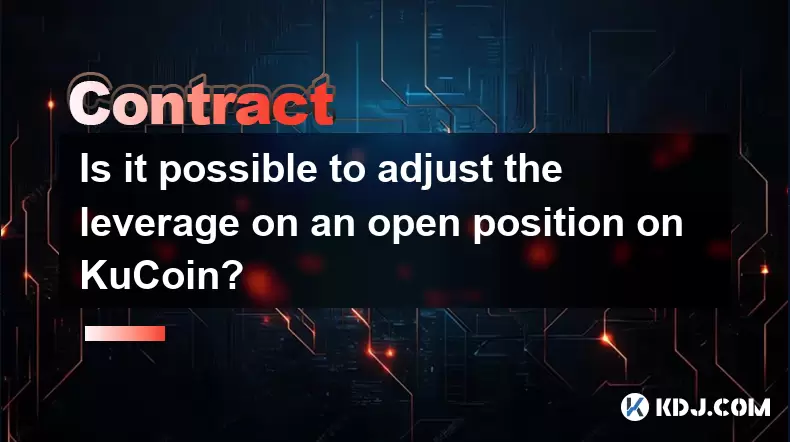
Is it possible to adjust the leverage on an open position on KuCoin?
Aug 09,2025 at 08:21pm
Understanding Leverage in KuCoin Futures TradingLeverage in KuCoin Futures allows traders to amplify their exposure to price movements by borrowing fu...
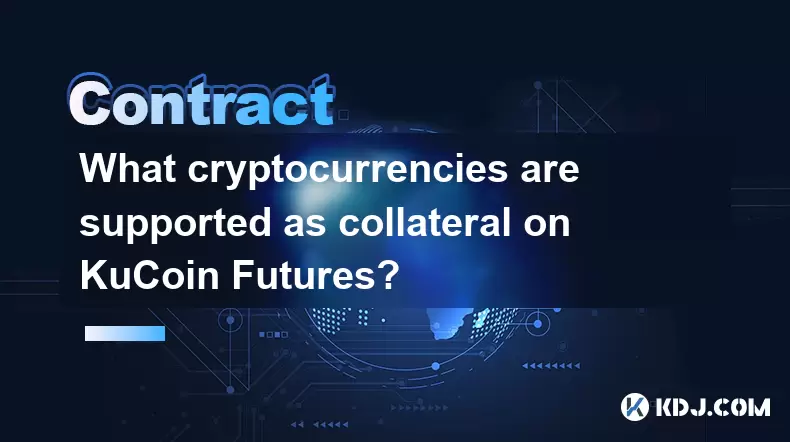
What cryptocurrencies are supported as collateral on KuCoin Futures?
Aug 11,2025 at 04:21am
Overview of KuCoin Futures and Collateral MechanismKuCoin Futures is a derivatives trading platform that allows users to trade perpetual and delivery ...
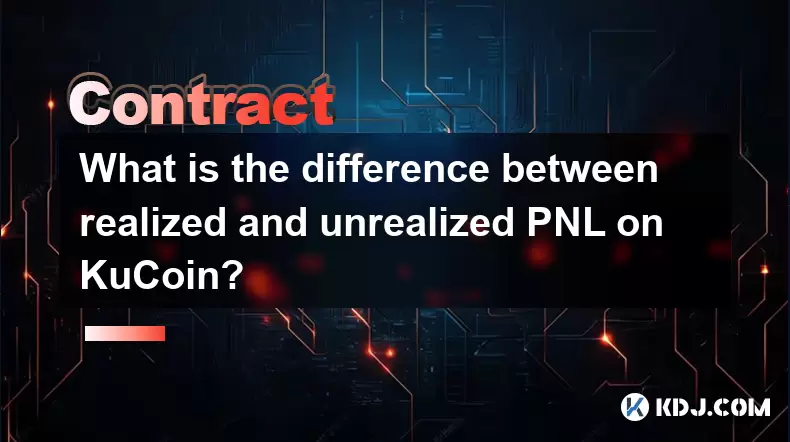
What is the difference between realized and unrealized PNL on KuCoin?
Aug 09,2025 at 01:49am
Understanding Realized and Unrealized PNL on KuCoinWhen trading on KuCoin, especially in futures and perpetual contracts, understanding the distinctio...
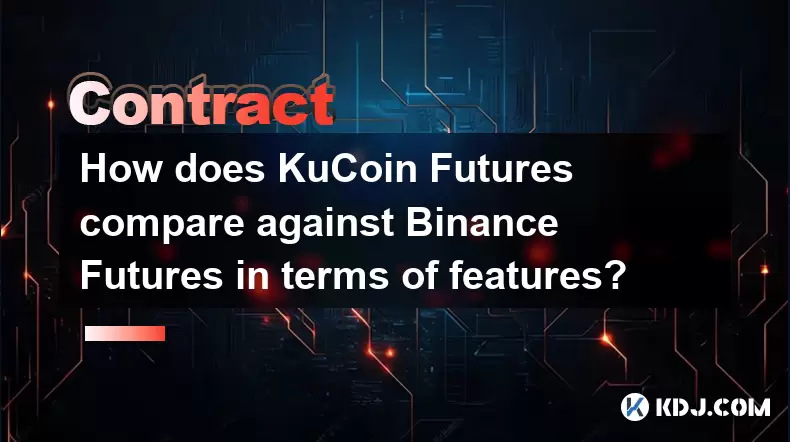
How does KuCoin Futures compare against Binance Futures in terms of features?
Aug 09,2025 at 03:22am
Trading Interface and User ExperienceThe trading interface is a critical component when comparing KuCoin Futures and Binance Futures, as it directly i...
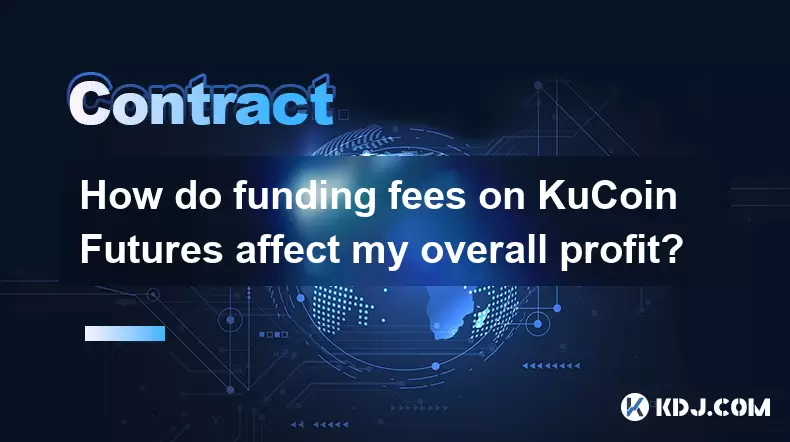
How do funding fees on KuCoin Futures affect my overall profit?
Aug 09,2025 at 08:22am
Understanding Funding Fees on KuCoin FuturesFunding fees on KuCoin Futures are periodic payments exchanged between long and short position holders to ...
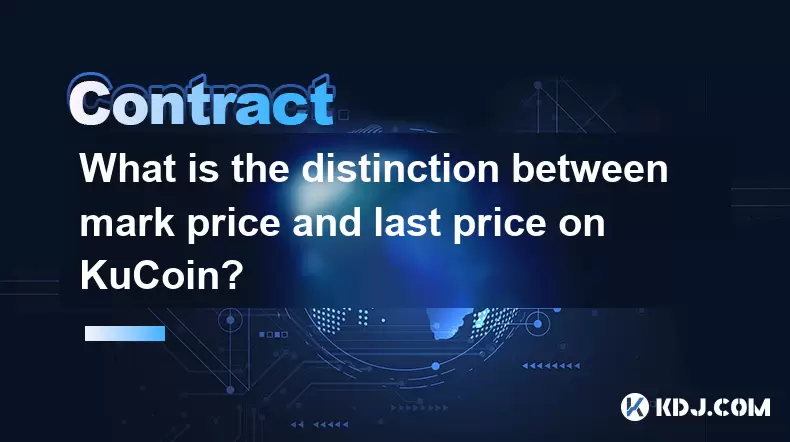
What is the distinction between mark price and last price on KuCoin?
Aug 08,2025 at 01:58pm
Understanding the Basics of Price in Cryptocurrency TradingIn cryptocurrency exchanges like KuCoin, two key price indicators frequently appear on trad...

Is it possible to adjust the leverage on an open position on KuCoin?
Aug 09,2025 at 08:21pm
Understanding Leverage in KuCoin Futures TradingLeverage in KuCoin Futures allows traders to amplify their exposure to price movements by borrowing fu...

What cryptocurrencies are supported as collateral on KuCoin Futures?
Aug 11,2025 at 04:21am
Overview of KuCoin Futures and Collateral MechanismKuCoin Futures is a derivatives trading platform that allows users to trade perpetual and delivery ...

What is the difference between realized and unrealized PNL on KuCoin?
Aug 09,2025 at 01:49am
Understanding Realized and Unrealized PNL on KuCoinWhen trading on KuCoin, especially in futures and perpetual contracts, understanding the distinctio...

How does KuCoin Futures compare against Binance Futures in terms of features?
Aug 09,2025 at 03:22am
Trading Interface and User ExperienceThe trading interface is a critical component when comparing KuCoin Futures and Binance Futures, as it directly i...

How do funding fees on KuCoin Futures affect my overall profit?
Aug 09,2025 at 08:22am
Understanding Funding Fees on KuCoin FuturesFunding fees on KuCoin Futures are periodic payments exchanged between long and short position holders to ...

What is the distinction between mark price and last price on KuCoin?
Aug 08,2025 at 01:58pm
Understanding the Basics of Price in Cryptocurrency TradingIn cryptocurrency exchanges like KuCoin, two key price indicators frequently appear on trad...
See all articles

























































































